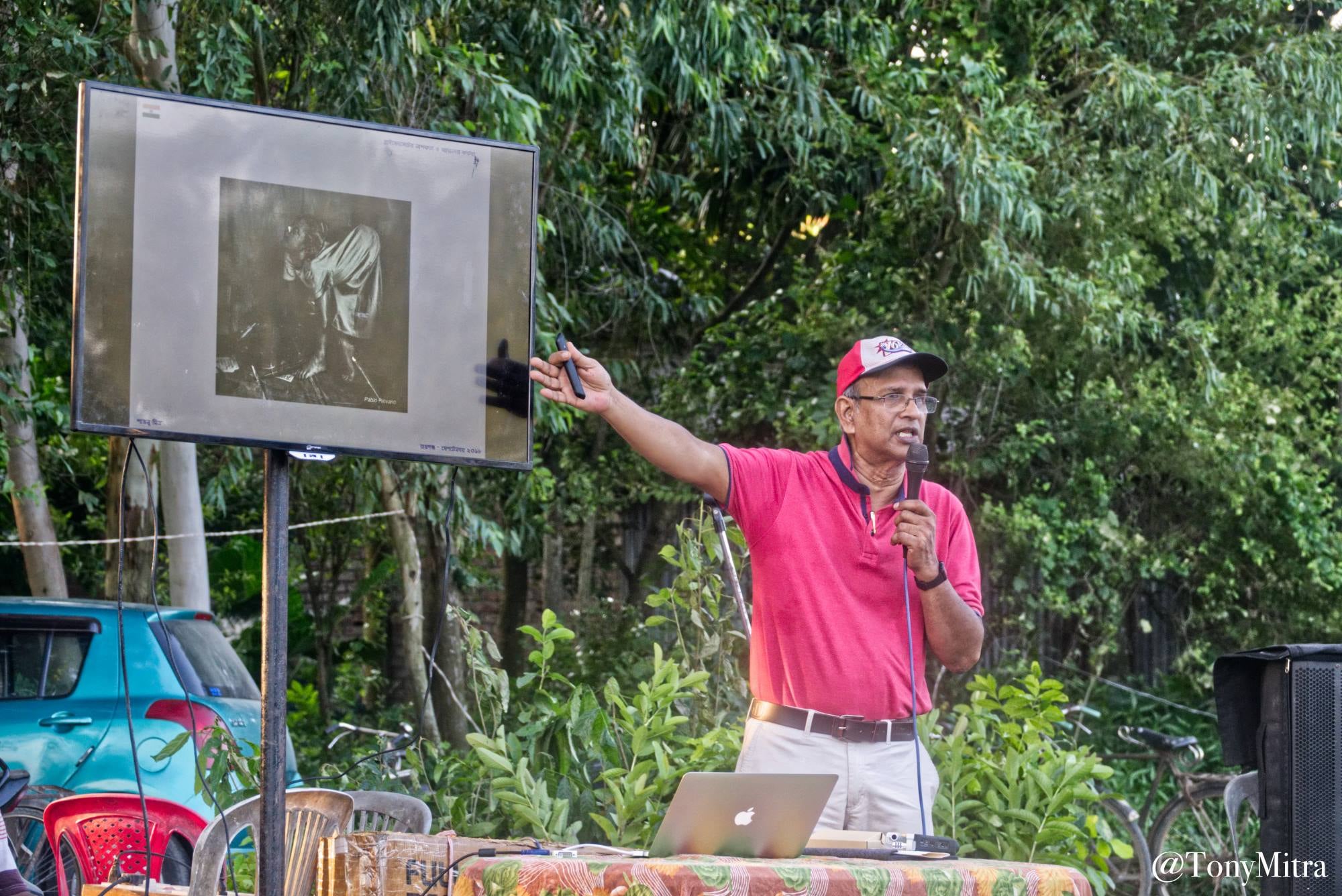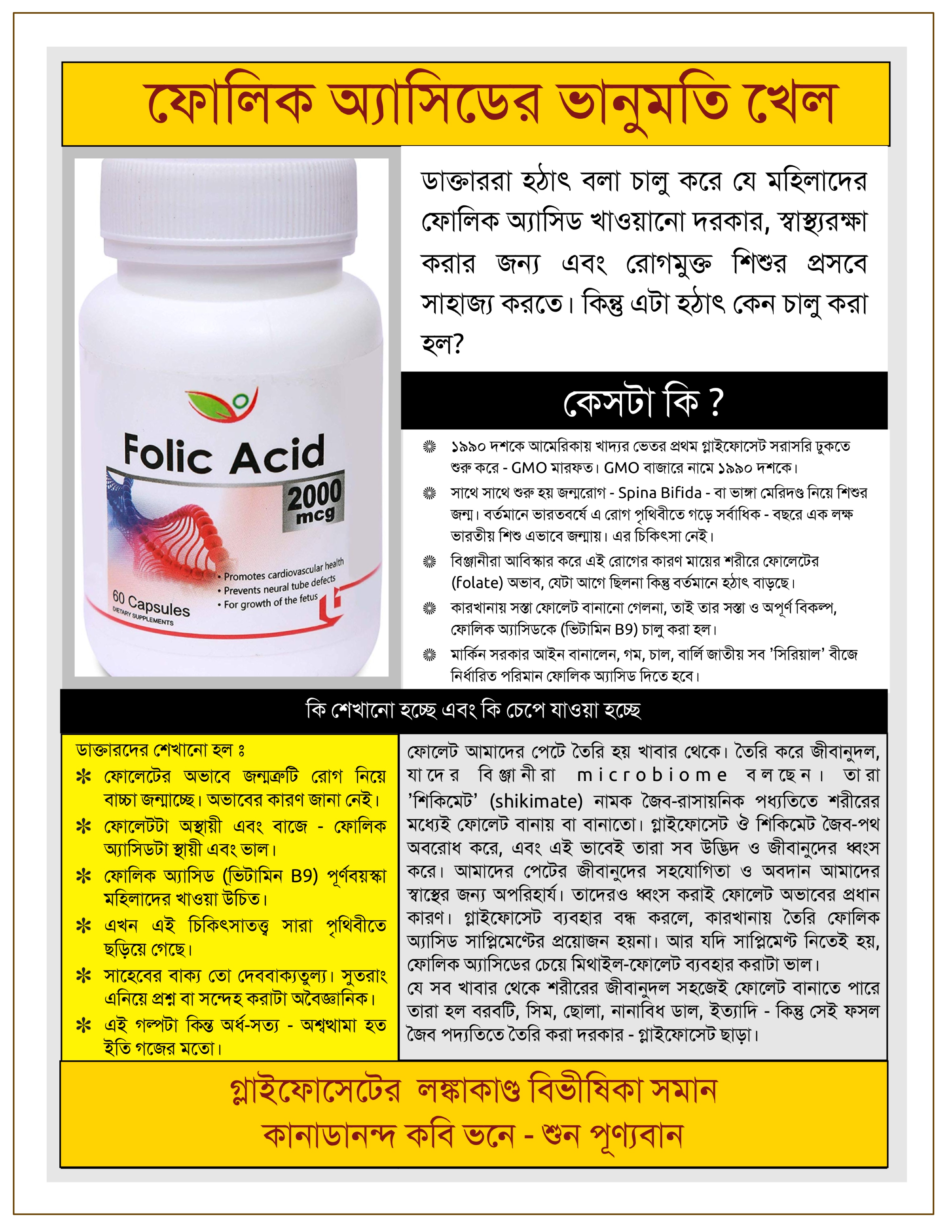I was planning to work in my backyard, repairing my vegetable beds, working with the soil and adding compost, fixing the wooden walls for the raised beds etc. BY late February, plants need to go into the ground from starter pots, or seeds need to go into the ground. Time to work.
But, it was raining and it was cold. Not a good time to be working outdoors. I am not worried about covid, but I might catch a cold and in any case, it is not comfortable working in the rain in the middle of winter in Canada.
So – I got remained grounded indoor and started back at reducing my footprint on Facebook. I had already archived all 20,00 or so pictures from it to my hard drive, and deleted all albums from Facebook. However, the timeline pictures, over 4,600 of them, could be archived but could not be deleted. The delete button seems missing for the timeline photos, in a bulk. And I was not going to search out each of those thousands of pictures and try deleting them one by one.
Somewhere in that effort to find a solution, I ended up going through some of the pictures and they brought back pleasant memories.
Here is a 28 months old set of pictures from a trip I made into rural India to talk glyphosate. I am standing at the edge of a large open field in the rural outskirts of a North Bengal small town called Raigunj, in India. Behind me is a giant flat LED Screen. On the table is a MacBook – connected to the flat screen. In the corner, partially seen, is one of the two large standing boom boxes, or large speakers.
In front of me, and invisible in this picture – are a thousand people, including townspeople, villagers and farmers, women and men, sitting on the ground. Behind them is a line of people standing.
I am telling them, in their local language, the dangers of using pesticides as weedkillers in general in agriculture, and RoundUp/Glyphosate in particular. My trip was arranged there by the local organic farming promoting group called F.I.A.M.

On the screen, is a black and white photograph of a child with Spina bifida (Broken spine) a severe birth defect that is suspected to be the direct result of agricultural women, in early stage of pregnancy, being exposed to glyphosate, which seriously interferes with creation of the blueprint for the foetus, based on which the whole human is created inside the mothers womb.
The pictures is from the interior of Argentina, where a GMO tobacco plant, designed with genetically modified tobacco was grown in a Hughe plantation in the middle of a large jungle and away from big towns. The tobacco was designed to withstand being sprayed by glyphosate, which would kill all other weeds, insects and pretty much everything else around the plants but allow the tobacco to grow. Many young women that worked as farm workers were engaged to spray glyphosate over the plants, using sprayers that were carried as backpacks. Some of these women were pregnant at the time, and got exposed to breathing this glyphosate. Some developed serious ailments down the line, often months or even years after the exposure. But many others that were in early phase of pregnancy, gave birth to live babies with severe and almost untreatable birth defects. All were poor living in remote areas away from urban centres. High quality medical care was not available. Nobody told them glyphosate was the likely cause. So the women just took is as bad luck, and cared for the these children the best they could.
Years later, an Argentinian photographer, Pablo Piovano, toured these areas on a motorcycle and with a camera, searching for women that sprayed glyphosate on the tobacco plants to check if any suffered from illness. That is when, years after the fact, a new story began to emerge – newborns with severe birth defects, apart from serious illness and death of elders. He photographed them, interviewed the parents and collected it all to be published, under Spanish name of “Costo humano de las agrotóxicas” (Human cost of agrotoxins). Eventually, I saw a copy of it, and asked permission to use some of the images in my trip to interior India, to warn farm workers against use of glyphosate. I obtained the permission. And thus, this picture became part of my hour long presentation in this rural corner in India back in 2018.

The child in this picture suffers from Spina Bifida (broken spine) and cannot stand up straight. As it happens, cases of Spina Bifida among newborns in India is rising rapidly, at the same speed the use of glyphosate in agriculture is rising. History seems to repeat itself, again and again – in different corners of the planet, all linked to the same item.
Today, going through the images, I thought of sharing it on Facebook. Then, a few days later, I thought it deserved a better place – on my blog, and perhaps in a future book.




